How Harold Spencer Jones built a successful career. Explore key moments that defined the journey.
Sir Harold Spencer Jones, an English astronomer, gained prominence as an expert in positional astronomy. Notably, he held the esteemed position of the tenth Astronomer Royal for an impressive 23-year tenure. It's worth mentioning that while his birth name was "Jones," his surname evolved to become "Spencer Jones."
December 1913: Elected to the Royal Astronomical Society
In December 1913, Spencer Jones was elected to the Royal Astronomical Society.
1914: Travel to Minsk for Solar Eclipse Observation
In 1914, Spencer Jones travelled to Minsk to observe a total solar eclipse, departing during peacetime and returning after the start of World War I.
1919: Attempt to verify deflection of light of stars by the Sun
In 1919, Spencer Jones attempted to verify the deflection of the light of stars by the Sun during a total solar eclipse, but cloud defeated the attempts.
March 1921: Joined the British Astronomical Association
On March 30, 1921, Spencer Jones joined the British Astronomical Association.
December 1923: Arrival in South Africa
In December 1923, Spencer Jones and his wife arrived in South Africa, after he was appointed as His Majesty's Astronomer at the Cape of Good Hope.
1930: Observations of 433 Eros
In 1930, Spencer Jones began a series of observations of the minor planet 433 Eros during its close approach to Earth.
1931: Observations of 433 Eros
In 1931, Spencer Jones continued a series of observations of the minor planet 433 Eros during its close approach to Earth.
1933: Appointment as Astronomer Royal
In 1933, Spencer Jones succeeded Sir Frank Dyson as Astronomer Royal and returned to Britain to take charge of the Royal Observatory, Greenwich.
1937: President of the Royal Astronomical Society
From 1937 to 1939, Spencer Jones served as president of the Royal Astronomical Society.
1939: End of presidency at the Royal Astronomical Society
In 1939 Spencer Jones completed his term as president of the Royal Astronomical Society.
1939: President of the British Horological Institute
In 1939, Spencer Jones served as president of the British Horological Institute.
1944: Royal Institution Christmas Lecture
In 1944, Spencer Jones delivered the Royal Institution Christmas Lecture on Astronomy in our Daily Life.
1945: President of the International Astronomical Union
From 1945 to 1948, Spencer Jones was president of the International Astronomical Union.
1947: First President of the Royal Institute of Navigation
In 1947, Spencer Jones was elected the first President of the Royal Institute of Navigation.
1948: End of presidency at the International Astronomical Union
In 1948 Spencer Jones completed his term as president of the International Astronomical Union.
1948: Move to Herstmonceux
In 1948, Spencer Jones moved from Greenwich to Herstmonceux, as part of the relocation of the Royal Observatory.
1955: Retirement as Astronomer Royal
At the end of 1955, Spencer Jones retired as Astronomer Royal.
1956: Richard Woolley becomes Astronomer Royal
In 1956, Richard Woolley succeeded Spencer Jones as Astronomer Royal.
1967: Opening of the Isaac Newton Telescope
In 1967, the Isaac Newton Telescope, which Spencer Jones played a leading role in planning, was eventually opened.
Mentioned in this timeline

Christmas is an annual festival celebrated on December th commemorating...
Africa is the second-largest and second-most populous continent comprising of...
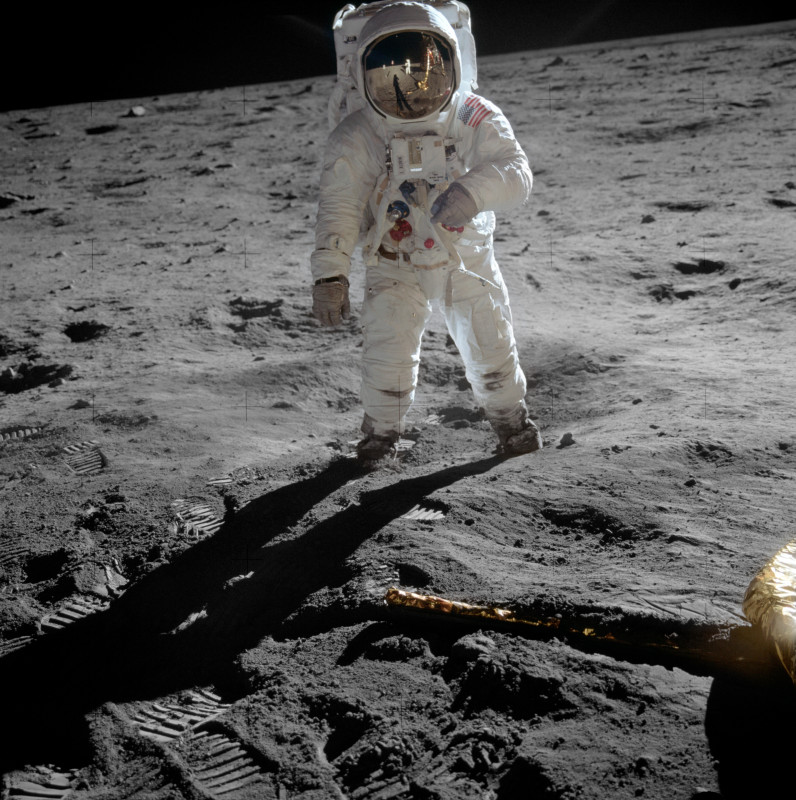
Apollo was a U S spaceflight launched by NASA from...
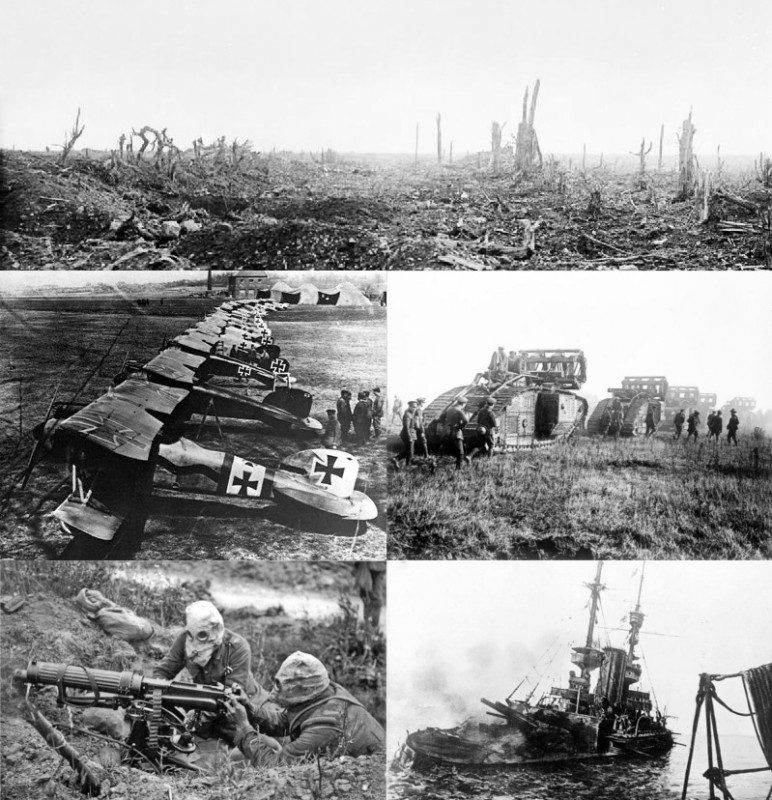
World War I a global conflict between the Allies and...

A solar eclipse happens when the Moon moves between the...
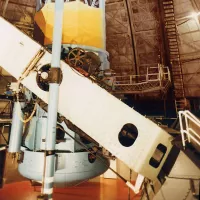
A telescope is an instrument used to observe distant objects...
Trending
Aaron Jones is an American professional football running back currently playing for the Minnesota Vikings Drafted by the Green Bay...
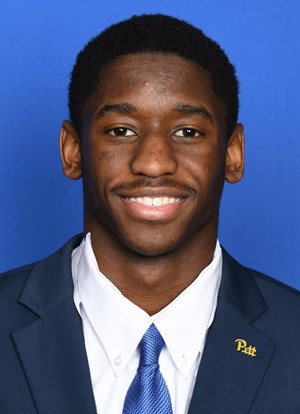
4 months ago Christian Watson & Jordan Addison Updates: Watson's Comeback and NFC Team Notes

8 months ago Davante Adams expresses optimism about Rams, refused talks with 49ers over offer.
2 months ago Chuba Hubbard Injury Update: Doubtful for Week 5 Due to Injury
6 months ago Nate Burleson Launches LionBlood Vodka with Valentine Distilling; Gayle King's Outfit Choice
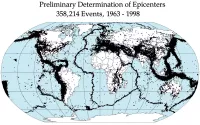
14 days ago Earthquake Rattles Northern California on Thanksgiving: Santa Rosa Area Sees 3.3 Magnitude
Popular

Candace Owens is an American conservative political commentator and author...

Ilhan Omar is an American politician currently serving as the...

XXXTentacion born Jahseh Dwayne Ricardo Onfroy was a controversial yet...
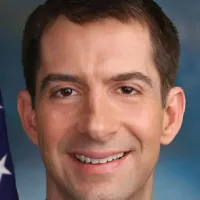
Tom Cotton is an American politician and Army veteran currently...

Oprah Winfrey an American talk show host television producer actress...
Matt and Ross Duffer known as the Duffer Brothers are...